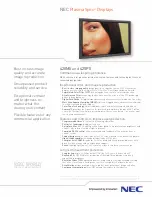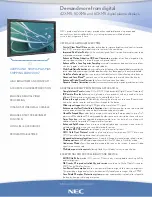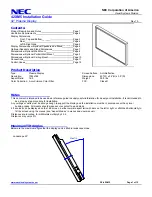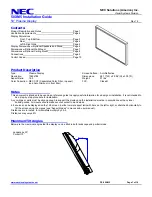
“This document is intended as a guide only. Whilst the information it contains is believed to be correct, Emtelle can take no responsibility for actions taken based on the information contained in this document. Emtelle reserves the
right to make changes to this document without notice. All sales of product are subject to Emtelle’s terms and conditions of sale only, which can be found on Emtelle’s website.”
101
I N N O V A T I O N A N D F L E X I B I L I T Y
T H E
I N S T A L L A T I O N A N D M A I N T E N A N C E T R A I N I N G M A N U A L
9 Fibre blowing
9.13.3 Centre Blowing
Blowing a fibre unit into 2 single lengths of
m/d:
To finish with a ‘double’ length having no splice joint in the centre, it is possible to select a central blow point and blow in two directions, both from
the centre. This takes less blowing time than the onward blow method and does not require a coiler.
Planning
1. The main precaution here is to plan ahead what is to happen to the loop of fibre left at the centre after the 2 blows. Typically the m/d joint at the
centre position would be inside a closure of some sort (buried or inside a chamber) so whatever is to be fitted to connect the m/ds together must be
positioned
before
the second length of fibre is blown in, so the fibre can be installed through it. (eg a closedown)
2. Fibre length can be optimised, i.e. start with a pan length no more than 50m in excess of the
total
length to be installed. If there was say 500m
excess, all of this has to be blown through the second m/d and recoiled, to eliminate surplus fibre at the centre blow position.
Step 1
Step 3
Access Chamber No. 2
Pan
Fibre Unit
Fibre Unit Emerges
Blowing head
Access Chamber No. 3
















































